- Joined
- Apr 22, 2017
- Messages
- 4,170
I've been also eyeing the ice rhodochrosites which they have. They look good enough to eat, and I know of few other stones that evoke this reaction.Thanks for sharing Bluegemz. They do look different. They might actually be very rare transparent amazonites, not that I have seen one. I noticed the seller only has 3 of those Paraiba colored, declared ice, more than transparent which I'm bound to believe. You took one, I took the other one - the 9mm, and there's one barrel bracelet left, seems less ice the barrel one but fantastic color. I also got the ice rhodochrosite cabochon. Let's see how it goes. I'm expecting the actual item will be less saturated than the photo based one your actual taken photos but it should be good color at least. Let's see.
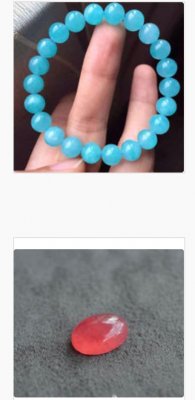
Yes, likely things will be a little less saturated based on the beads which I received. The color is kind of shocking, and I keep thinking not natural, then seeing them next to the other Amazonite and thinking natural.
I remember when I first saw Paraiba I also had this reaction, how can it be natural!? Sometimes my gut reactions have been wrong, as in the paraiba experience. I have to look at them under the gem microscope today, just too tired last night and light was fading.
From what I have obseved so far about the color SO FAR: there is no evidence of having been submerged in dye, as with dyed chalcedony. There is no build up in drill holes or in fractures that I see as of yet. There is an absense of uniformity of color. I'm imagining that the only way that they could be dyed is if the color were poured in while molten, but I can't imagine how this is possible as they are not glass, plastic or any other meltable material.
They feel slightly different from the other Amazonite beads, but this could have to do with size differences and polish level. They feel more like my labradorite bead necklace.
I think I'll post these on a gemologist's forum to gain possible additional insight. Keep you all posted.

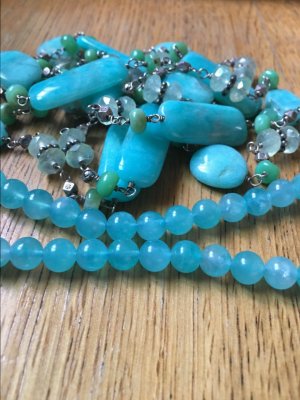
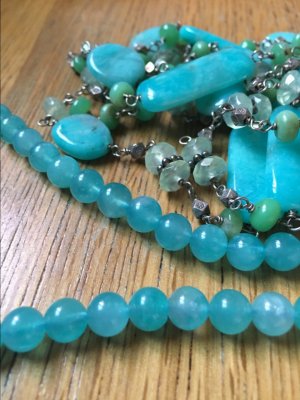
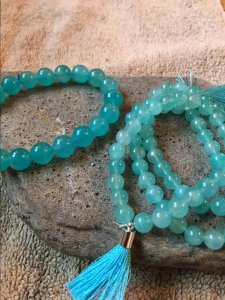
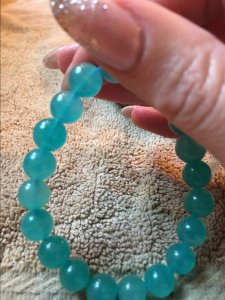
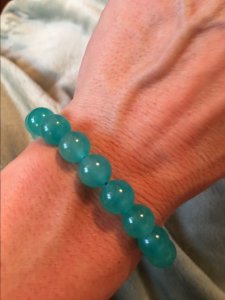

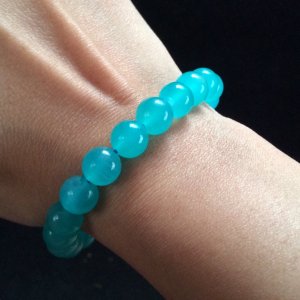
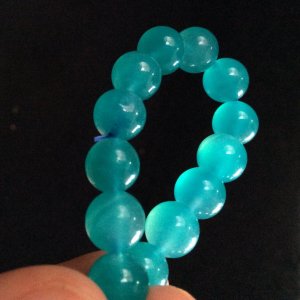
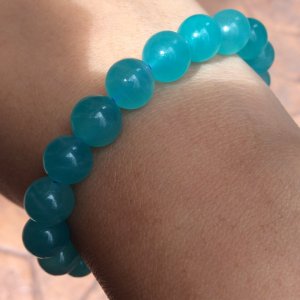
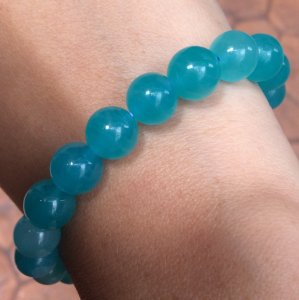
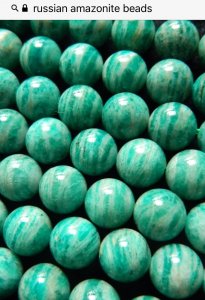


300x240.png)